18 Chung Ju-yung’s Cattle Crossing into N. Korea
June, October, 1998
Hyundai Group founder Chung Ju-yung crossed the border into North Korea through Panmunjom in June and October 1998 with a herd of cattle. Chung was born in Tongcheon, Gangwon Province, now in North Korea. When he was 17, he ran away from home and left for Seoul with 70 won he earned from selling his father’s cow. Decades later, he paid back the debt owed to his father by donating a herd of 1,001 cattle to North Korea. The landmark cattle crossing provided momentum to vitalize cross-border exchanges.
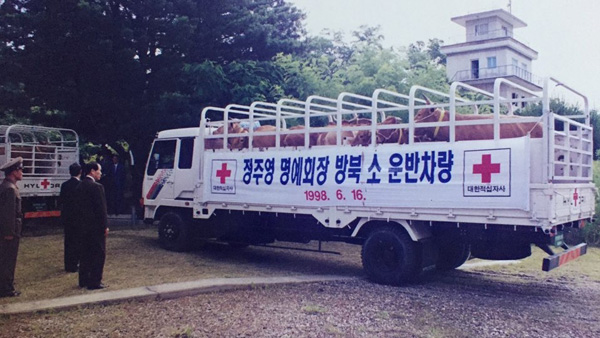
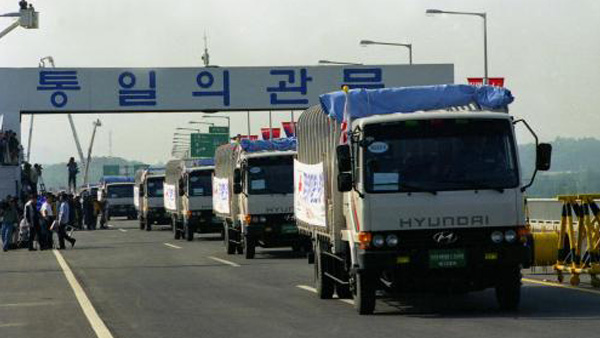 Source : e-history
Source : e-history
19Mt. Geumgang Tour Starts
November 18, 1998
On November 18, 1998, the Mt. Geumgang tour program kicked off to allow South Korean civilians to travel to North Korea, setting a new milestone in the history of the divided Korean Peninsula. As the symbol of cross-border cooperation, it was the result of ten long years of efforts of Hyundai Group and the South Korean government’s Sunshine Policy of engaging North Korea. However, the tour business experienced difficulties amid the ever-changing inter-Korean relations.
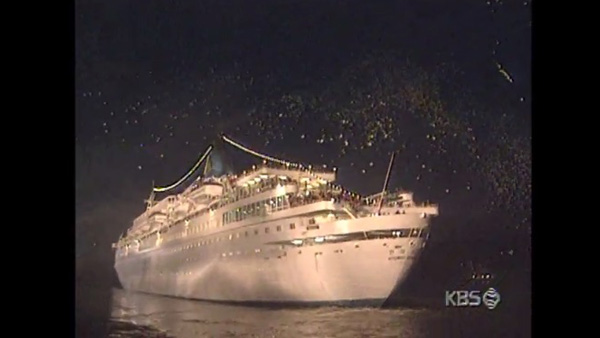
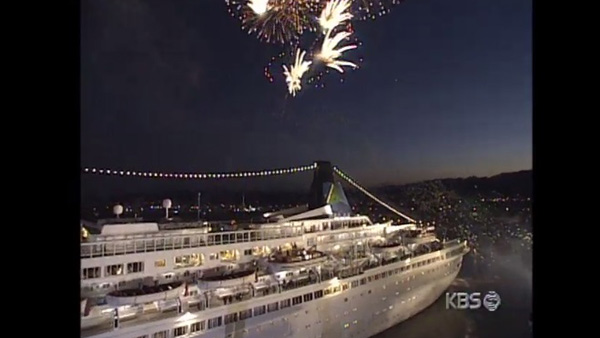 Source : KDAS
Source : KDAS
20First Battle of Yeonpyeong
June 15, 1999
In the morning of June 15, 1999, North Korean patrol ships and torpedo boats, along with 20 fishing boats, crossed the Northern Limit Line and traveled 2 kilometers south past the maritime border. The South Korean Navy issued warnings over a loudspeaker and rammed the North Korean vessels twice. The naval clash injured seven South Korean sailors, sank one North Korean ship and damaged five other boats.
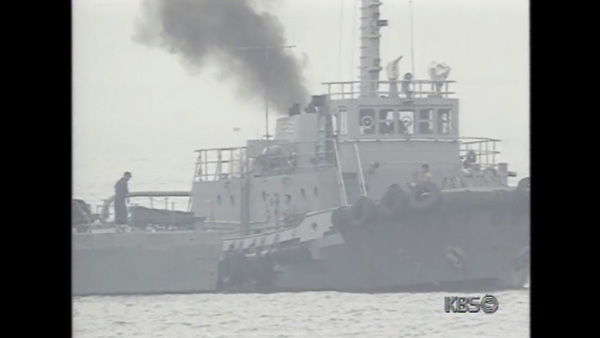
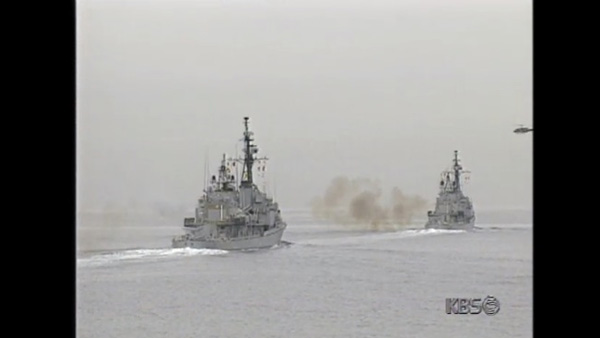 Source : KDAS
Source : KDAS
21June 15 Inter-Korean Joint Declaration
June 15, 2000
In his inauguration speech in 1998, then-South Korean President Kim Dae-jung highlighted the possibility of a summit between South and North Korea. The Seoul government then proposed an inter-Korean summit and exchanges of special envoys. For three days starting June 13, 2000, President Kim and then-North Korean leader Kim Jong-il held a summit in Pyongyang and adopted the June 15 South-North joint declaration. The first-ever inter-Korean summit is considered a historic turning point for the two Koreas to end their hostilities and open a new era of unification.
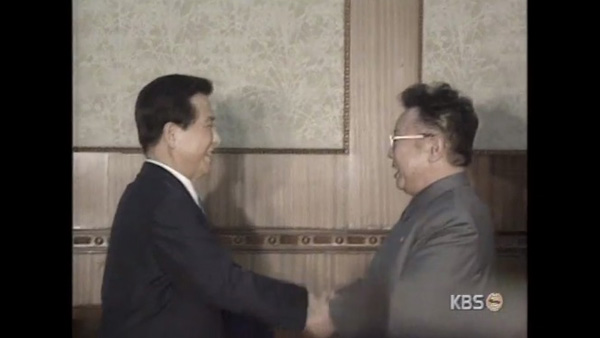 Source : KDAS
Source : KDAS
22Agreement on Connection of Gyeongui Rail Line
July 31, 2000
The Gyeongui Rail Line on the western part of the Korean Peninsula had been severed since the division of Korea. The disconnected section spanned 20 kilometers—12 km in the South Korean side and 8 km in North Korean territory. Following the 2000 inter-Korean summit, Seoul and Pyongyang held ministerial-level talks to carry out the project of reconnecting the cross-border railway. In September 2000, South Korea constructed the railway section between Munsan and the ceasefire line, while North Korea conducted its own work on the section between Gaeseong and the border line.
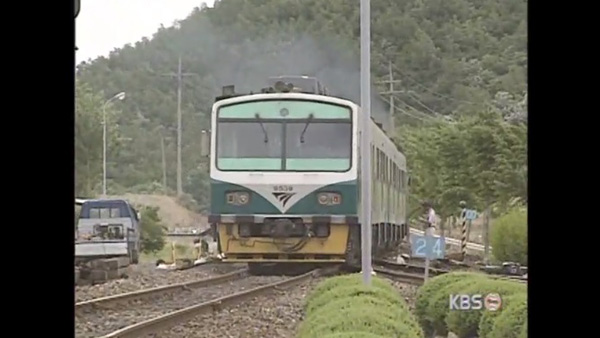
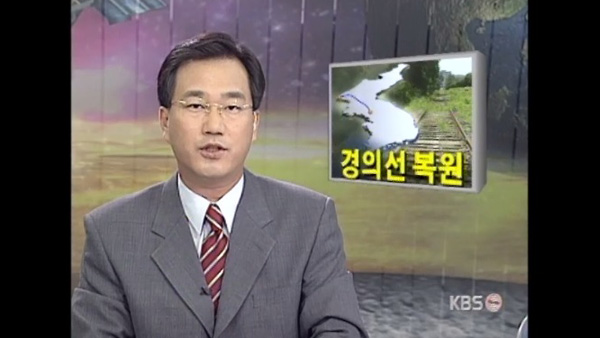 Source : KDAS
Source : KDAS
23First Round of Inter-Korean Family Reunions
August 15~18, 2000
There had been no progress in the separated families issue for 15 years since the exchanges of home visiting groups and cultural delegations in September 1985. In accordance with the agreement reached at the first round of inter-Korean Red Cross talks in June 2000, 1,170 separated family members held tearful reunions with their long-lost relatives in Seoul and Pyongyang that year. During the fifth round of Red Cross talks in November 2003, South and North Korea agreed to introduce video reunions as a new method of solving the separated families’ issue. At the ninth Red Cross meeting in November 2007, they agreed to expand the reunions and hold the program on a regular basis. Through the contact of liaison officers at Panmunjom on February 5, 2008, the two sides agreed on the exchange of video letters between split families. Accordingly, 20 displaced families from each side exchanged video letters on a trial basis. The 17th and 18th face-to-face family reunions were held in 2009 and 2010, respectively. In the aftermath of North Korea’s artillery attack against the South Korean border island of Yeonpyeong in late 2010, the reunion program was suspended for a while before resuming in February 2014. On August 25, 2015, the South and the North held high-level contact and agreed to organize a fresh round of reunions. Under the agreement, the 20th round of the reunions took place in October that year. The two Koreas saw eye to eye on the need to address this humanitarian issue again during their summit at Panmunjom on April 27, 2018, prompting the 21st such event to take place at Mt. Geumgang in August in the same year.
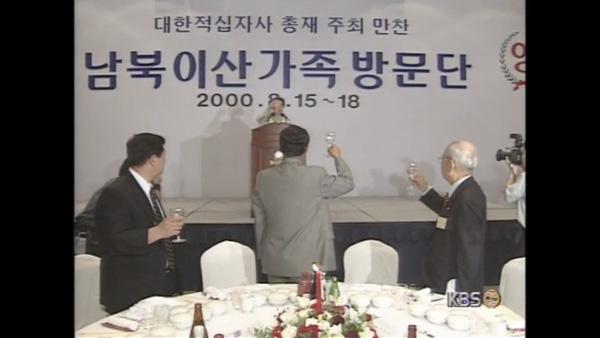
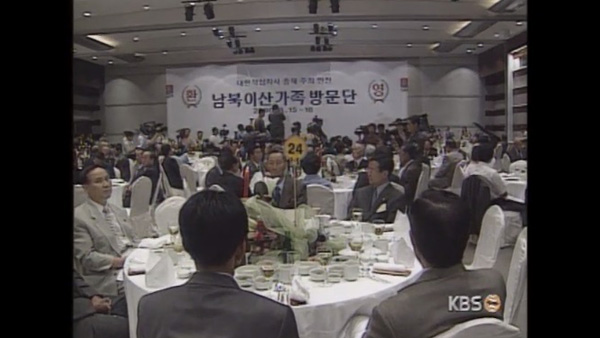 Source : KDAS
Source : KDAS
24Opening of Dorasan Station
April 11, 2002
The Gyeongui Rail Line opened in 1906 to connect Seoul with Sinuiju on the western side of the Korean Peninsula, but ceased operations during the Korean War. The two Koreas agreed on the reconnection of the railway, as a follow-up measure to the 2000 inter-Korean summit. After restoration work, Dorasan Station, the final northernmost stop of the Gyeongui Line in South Korea, opened in April 2002. In 2002, then-U.S. President George W. Bush visited the station with his South Korean counterpart Kim Dae-jung and delivered a speech. The final point in South Korea’s railway with the North has since remained a symbolic place wishing for peace and unification.
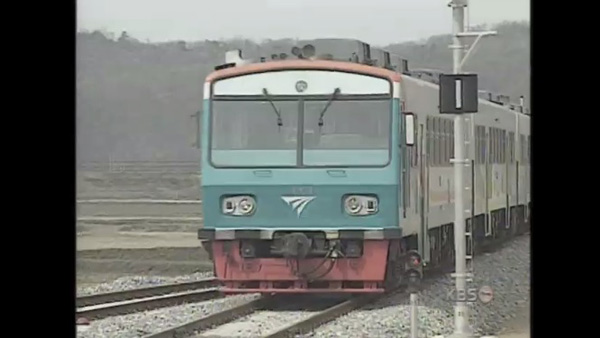
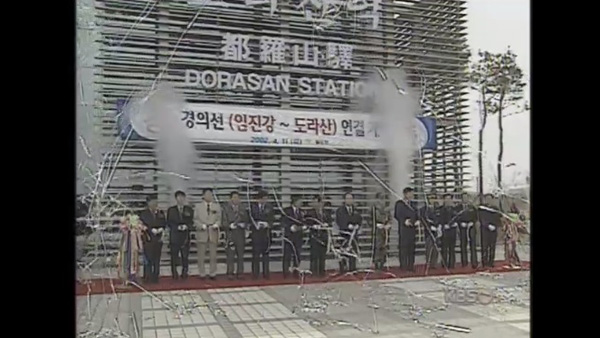 Source : KDAS
Source : KDAS
25Second Battle of Yeonpyeong
June 29, 2002
The second battle of Yeonpyeong broke out on June 29, 2002, the day of the third-place match at the Korea-Japan World Cup. Two North Korean patrol boats crossed the Northern Limit Line on the West Sea and intruded into South Korean waters. They attacked South Korean Chamsuri-class patrol boats, triggering a fierce exchange of gunfire. The bloody naval skirmish killed six South Korean sailors, including Captain, Lt. Cmdr. Yoon Yeong-ha, and injured 18 others. The Chamsuri 357 patrol boat sank into the sea. About 30 North Korean sailors were killed or wounded, while its patrol ship Dengsangot 684 was towed back to the North, partially destroyed. The second battle of Yeonpyeong came as a shock all the more because South and North Korea promised to restore bilateral relations through a South Korean special envoy’s visit to North Korea in April that year.
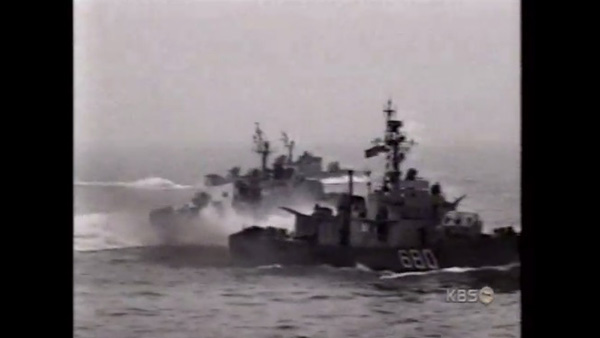 Source : KDAS
Source : KDAS
26N. Korea Announces Withdrawal from NPT
January 10, 2003
Conflict between North Korea and the U.S. escalated due to the former’s uncooperative attitude toward nuclear inspections and the slow progress in the latter’s construction of light-water reactors. Against the backdrop, the second North Korean nuclear crisis erupted in October 2002, following fresh allegations that North Korea had operated a highly enriched uranium program. North Korea announced that it would lift its nuclear freeze and reactivate nuclear facilities. For the second time, North Korea announced its withdrawal from the NPT on January 10, 2003. No country had ever declared withdrawal from the NPT since the international treaty went into effect in 1970. The unprecedented withdrawal of an NPT member posed a grave challenge to nuclear nonproliferation.
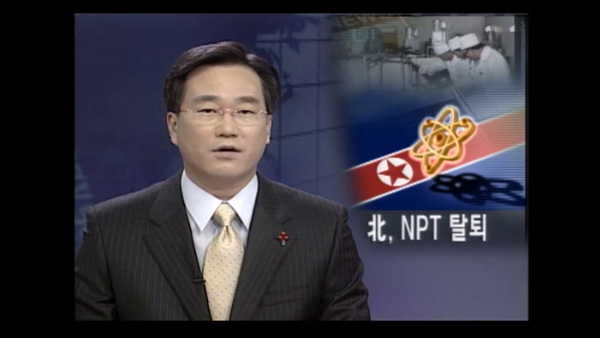
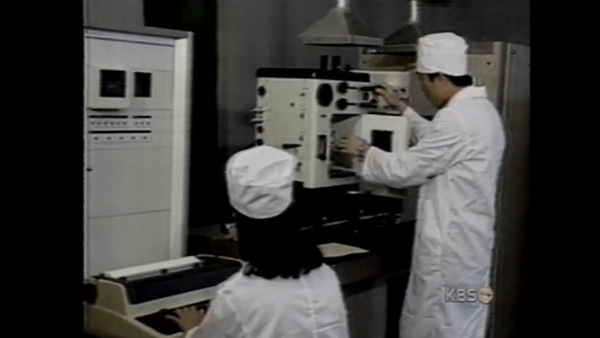 Source : KDAS
Source : KDAS
27Groundbreaking for Gaeseong Industrial Park
June 15, 2003
The Gaeseong Industrial Park is a business venture combining South Korea’s capital and technology with North Korea’s land and labor. 15 South Korean firms entered the pilot industrial complex in June 2004. The historic project, which opened a new chapter in inter-Korean cooperation and exchanges, carries great socio-economic and cultural significance. The industrial complex accounted for a growing portion of inter-Korean trade to reach 99.6 percent in 2015. It turned into an economic and residential community where 54,800 North Korean laborers and 800 South Korean people engaged in production activities together. Nevertheless, the inter-Korean joint economic project experienced ups and downs due to unstable inter-Korean relations and the North Korean nuclear issue. After all, the South Korean government suspended operations of the factory park in February 2016, following North Korea’s fourth nuclear test and long-range missile firing as well as allegations that the profits from the industrial complex were used for North Korea’s nuclear weapons development.
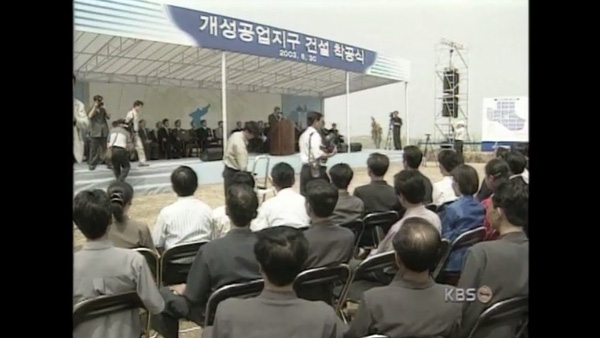
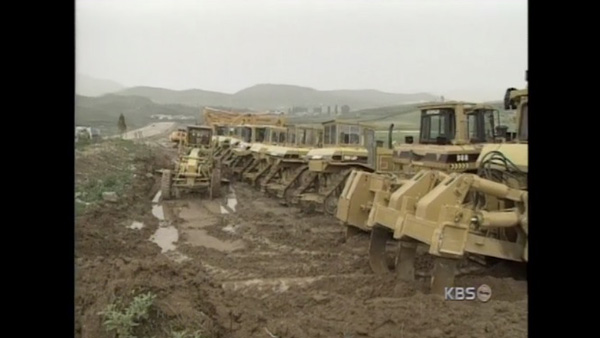 Source : KDAS
Source : KDAS
28N. Korea Declares Possession of Nuclear Weapons
February 10, 2005
In February 2005, North Korea’s Foreign Ministry said in a statement that the nation had manufactured nuclear weapons for self-defense. In April 2012, North Korea revised its constitution and claimed itself a nuclear state.
29Adoption of September 19 Joint Statement
September 19, 2005
On September 19, 2005, North Korea expressed its commitment to giving up all its nuclear programs. In line with the decision, chief delegates of six countries such as the two Koreas, the U.S., China, Japan and Russia agreed on the so-called September 19 joint statement at the fourth round of six-party nuclear talks. The positive development was considered the beginning of the process of building a peace regime, as North Korea’s nuclear renunciation would lead to a nuclear-free Korean Peninsula. Right after the joint statement was released, however, the U.S. designated North Korea as a state sponsor of terrorism. In response, North Korea test-fired missiles in July 2006 and conducted its first nuclear test in October that year. The September 19 joint statement was, in effect, scrapped.
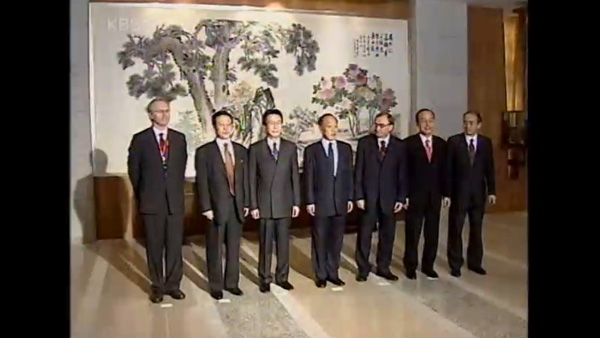
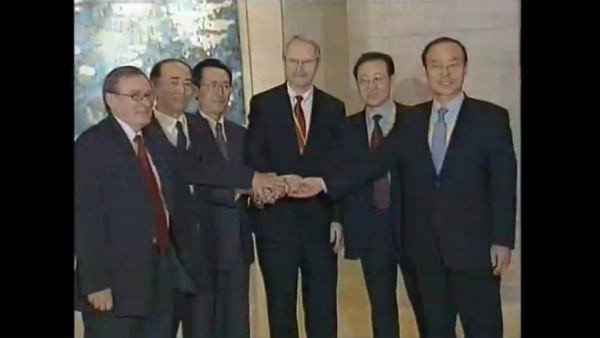 Source : KDAS
Source : KDAS
30N. Korea’s First Nuclear Test
October 9, 2006
North Korea went ahead with its first nuclear test on October 9, 2006, in defiance of concerns and warnings of neighboring countries, especially China. The U.S. led the drive for a U.N. resolution calling for great pressure on North Korea. The move drew strong backlash from Pyongyang, which threatened to bolster its war deterrence by mobilizing all possible means available. The U.N. Security Council adopted Resolution 1718 that bans the sale and transfer to North Korea of materials and technology related to weapons of mass destruction and imposes a ban on the entry of North Korean personnel involved in the country’s nuclear program.
31Inter-Korean Summit & October 4 Declaration
October 2~4, 2007
From October 2 to 4, 2007, then-South Korean President Roh Moo-hyun visited Pyongyang and held a summit with his North Korean counterpart Kim Jong-il. For the second inter-Korean summit, following the first in Pyongyang in June 2000, Roh walked into North Korea across the Military Demarcation Line(MDL) on October 2 as the first South Korean head of state to do so. Roh and Kim held a summit on October 3 and adopted a declaration on the advancement of inter-Korean relations, peace and prosperity the following day. Based on the June 15 joint declaration adopted at the first inter-Korean summit in 2000, the October 4 declaration includes inter-Korean agreements on the promotion of three or four-party talks aimed at resolving the nuclear issue, the active implementation of cross-border economic cooperation projects and the expansion of reunions of separated families.
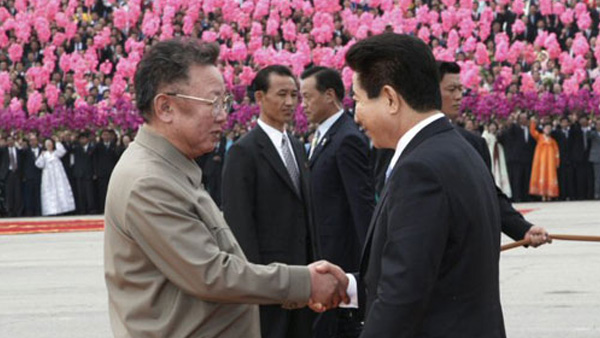 Source : KBS News
Source : KBS News

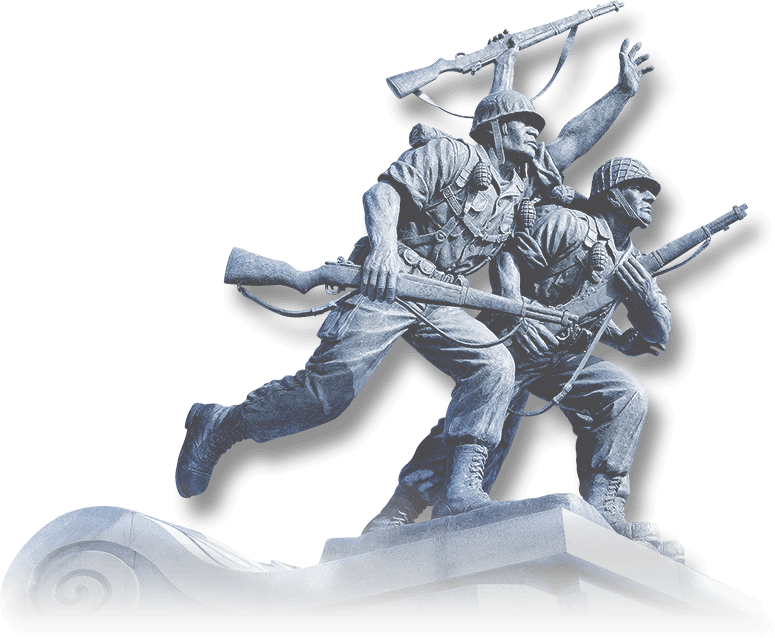

![The Korean War [Source: Yonhap News Agency]](../../common/images/new/war_result_thumb01.jpg) Source: Yonhap News Agency
Source: Yonhap News Agency
![The Korean War [Source: Yonhap News Agency]](../../common/images/new/war_result_thumb02.jpg) Source: Yonhap News Agency
Source: Yonhap News Agency
![The Korean War [Source: Yonhap News Agency]](../../common/images/new/war_result_thumb03.jpg) Source: Yonhap News Agency
Source: Yonhap News Agency




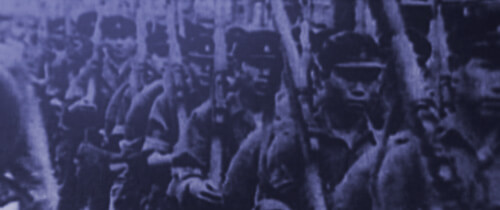
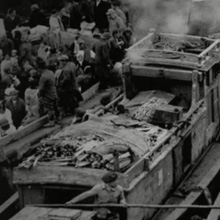
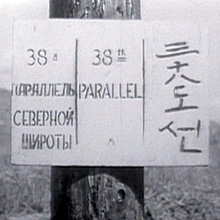
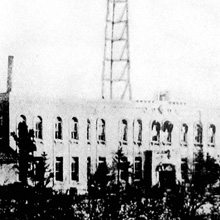
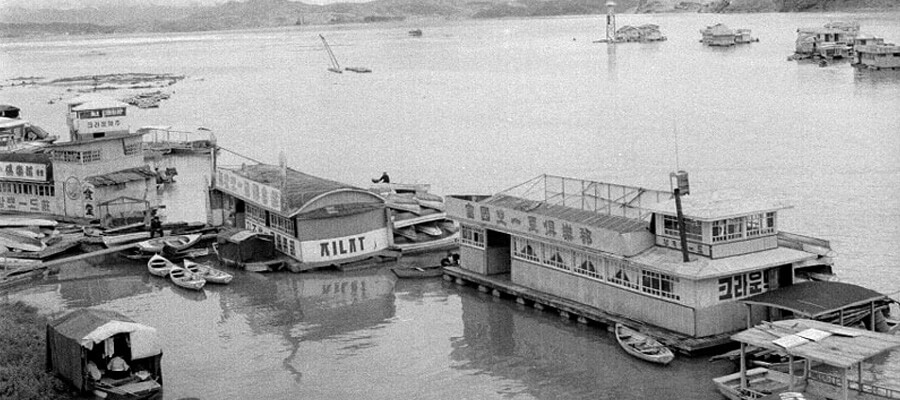
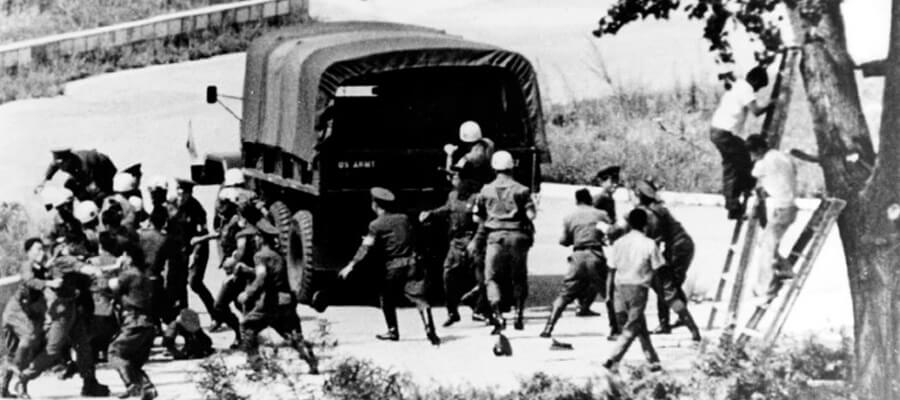
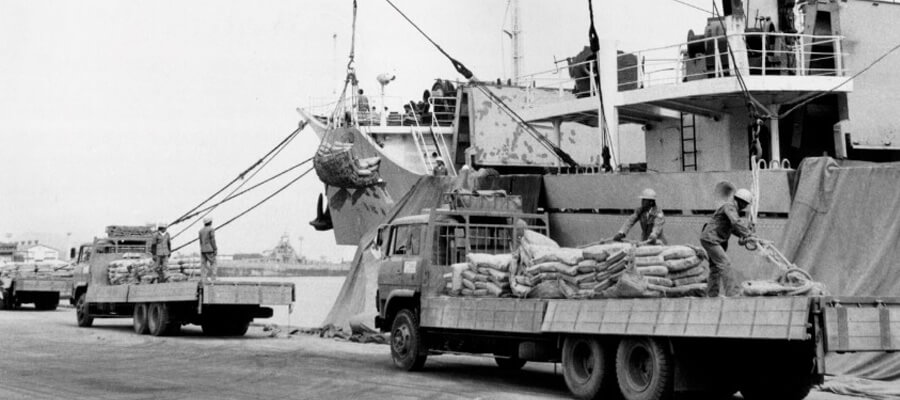
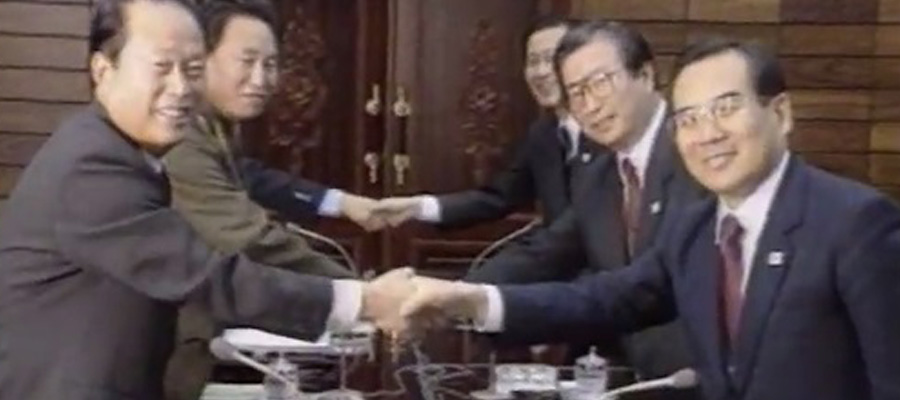
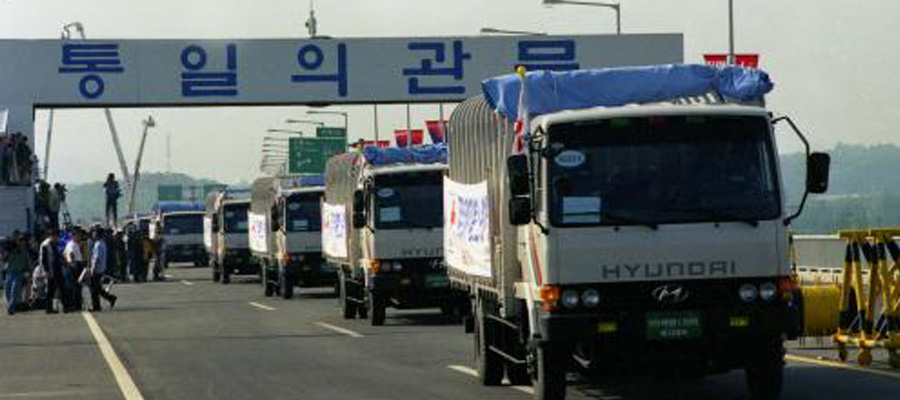
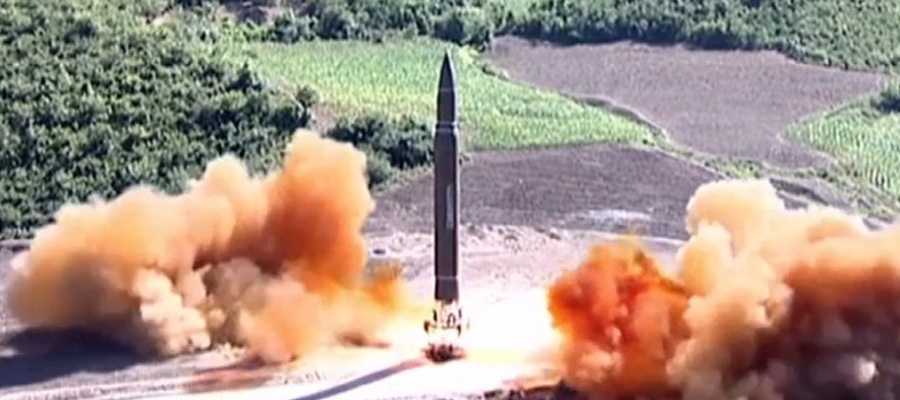
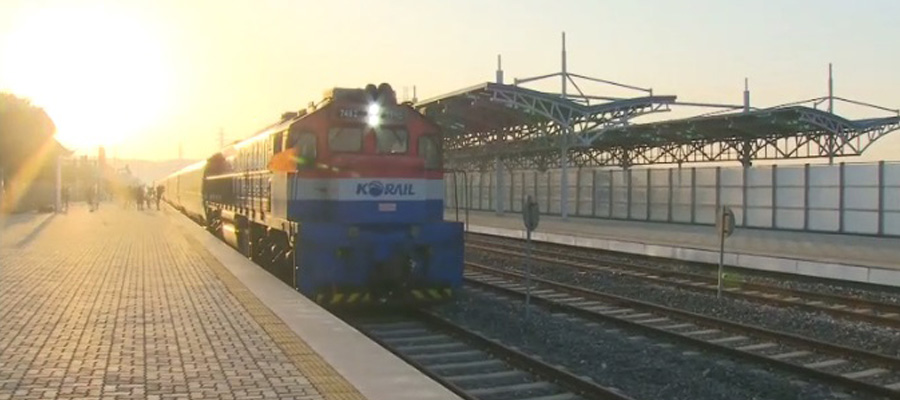


![[1950-06-25] North Korean troops invade South Korea. [1950-06-28] North Korean troops occupy Seoul. [Late July, 1950] North Korean troops advance down to the Nakdong River. [1950-08-01] South Korean and U.N. troops form a defense line along the Nakdong River. [1950-08-18] The South Korean government moves its provisional capital from Daegu to Busan. - Source: The Ministry of National Defense, the Republic of Korea](../../common/images/new/war_card_outbreak01_e.jpg)
![[1950-09-15] South Korean and U.N. troops carry out a surprise amphibious landing at Incheon. [1950-09-28] South Korean and U.N. troops recapture Seoul. [1950-10-01] South Korean troops break through the 38th parallel. [1950-10-19] South Korean and U.N. troops occupy Pyongyang. The allied forces later reach the Amnok River. - Source: The Ministry of National Defense, the Republic of Korea](../../common/images/new/war_card_enter01_e.jpg)
![[1950-10-25] The Chinese army intervenes. [1951-01-04] The allied forces retreat. [1951-03-15] South Korean troops reclaim Seoul again. - Source: The Ministry of National Defense, the Republic of Korea](../../common/images/new/war_card_enter02_e.jpg)
![[1951-07-10] Truce negotiations begin. [1953-07-27] The Armistice Agreement is signed at Panmunjom. [1953-10-01] South Korea and the U.S. sign the Mutual Defense Treaty. The Korean War ended but the scars of the war still remain. - Source: The Ministry of National Defense, the Republic of Korea](../../common/images/new/war_card_sign01_e.jpg)
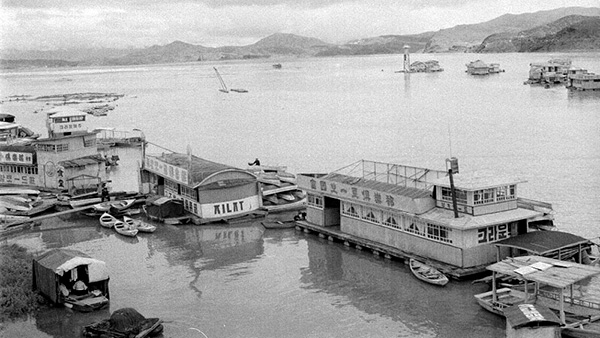
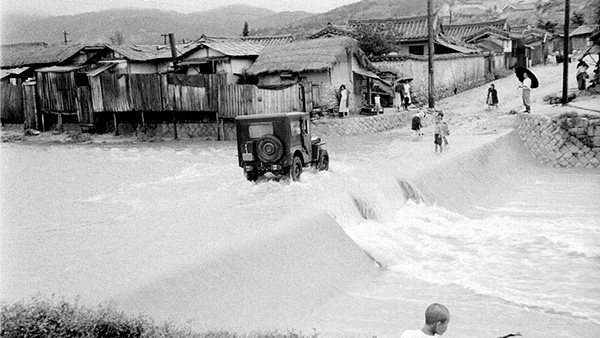 Source : National Archives of Korea
Source : National Archives of Korea
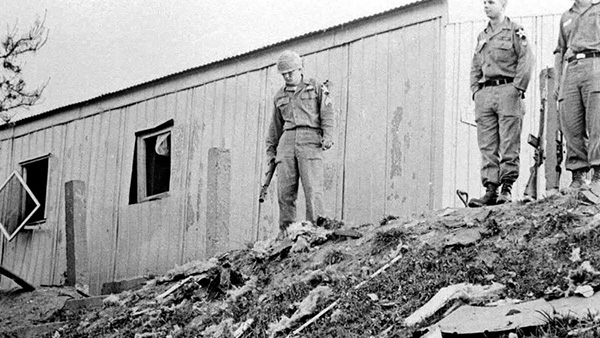 Source : National Archives of Korea
Source : National Archives of Korea
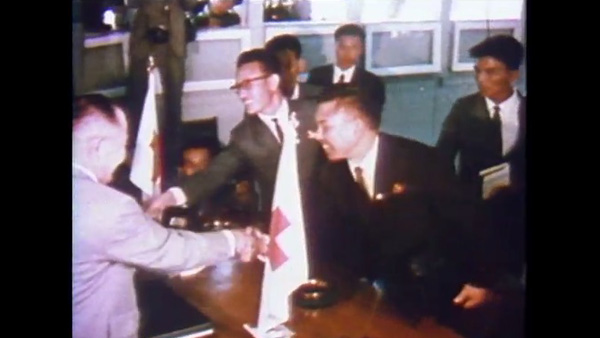 Source : KDAS
Source : KDAS
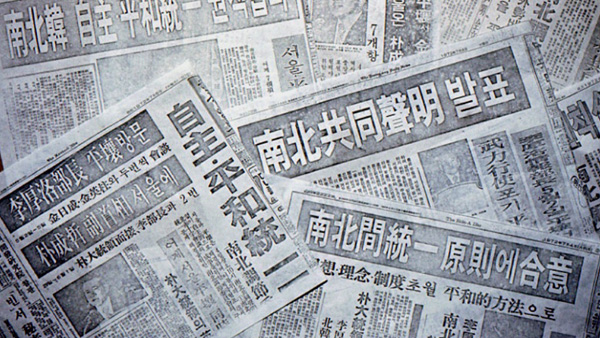 Source : National Archives of Korea
Source : National Archives of Korea
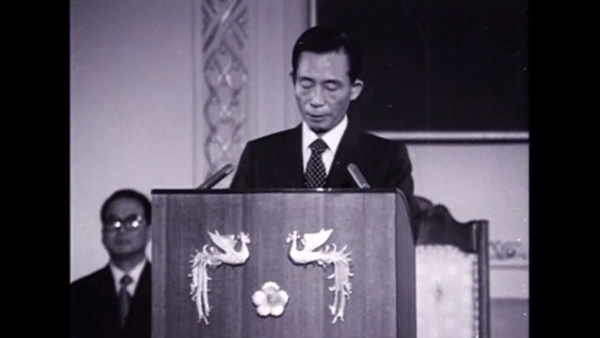 Source : KDAS
Source : KDAS
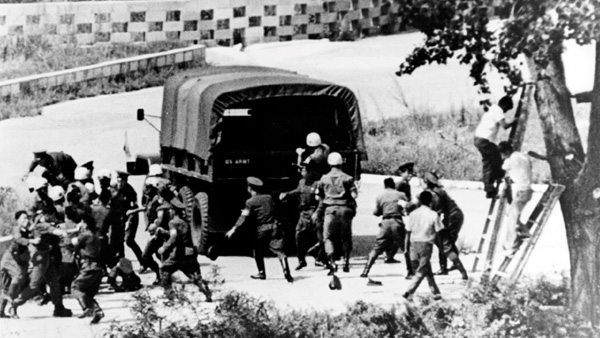 Source : National Archives of Korea
Source : National Archives of Korea
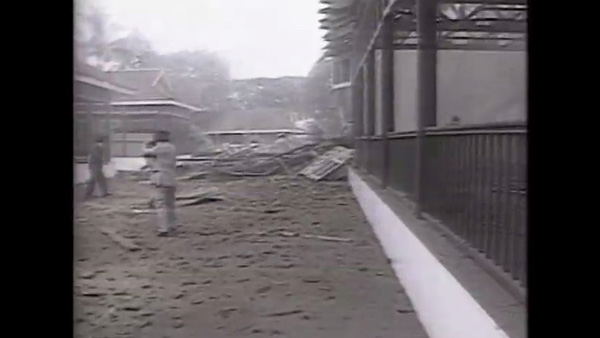
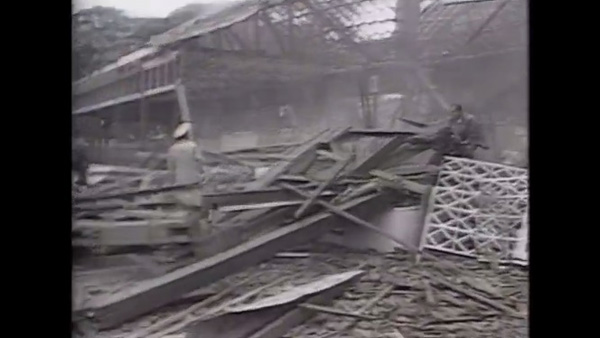
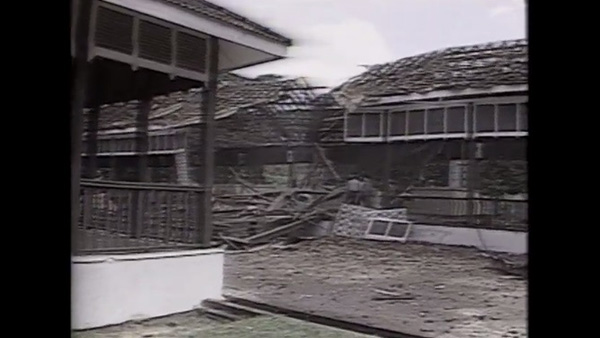 Source : KDAS
Source : KDAS
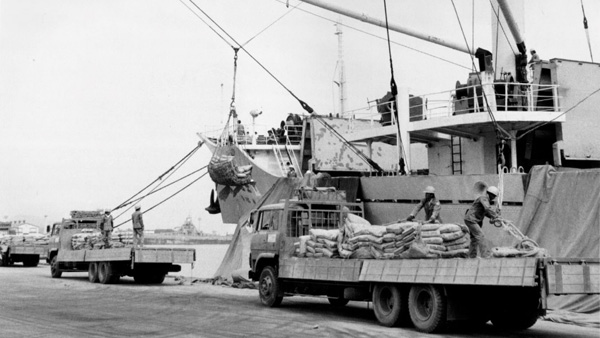 Source : National Archives of Korea
Source : National Archives of Korea
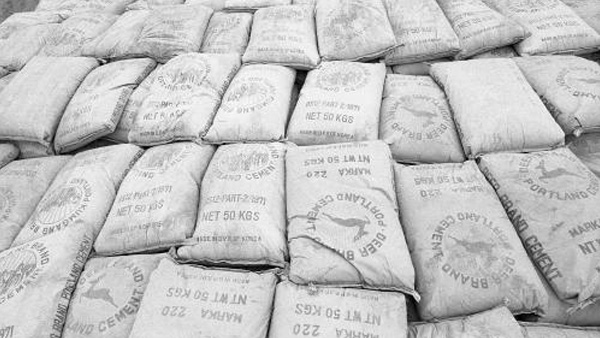 Source : e-history
Source : e-history
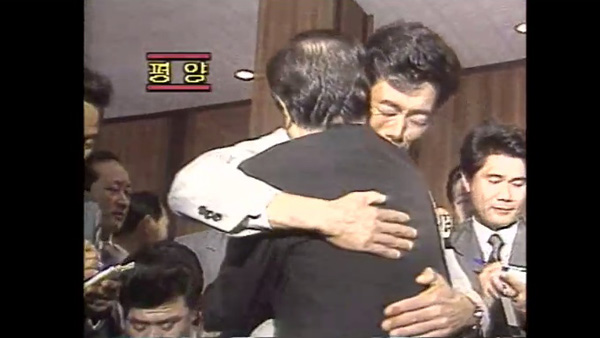
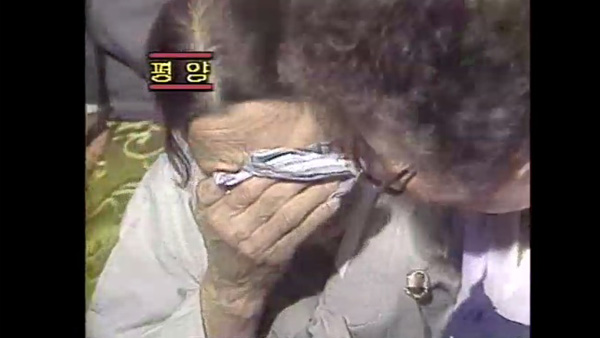 Source : KDAS
Source : KDAS
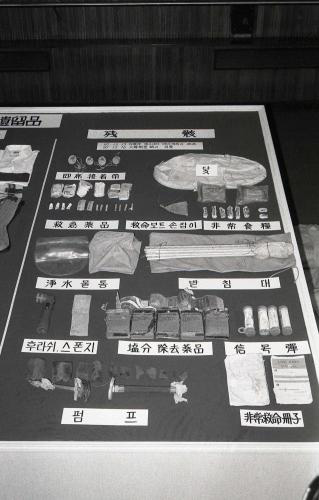
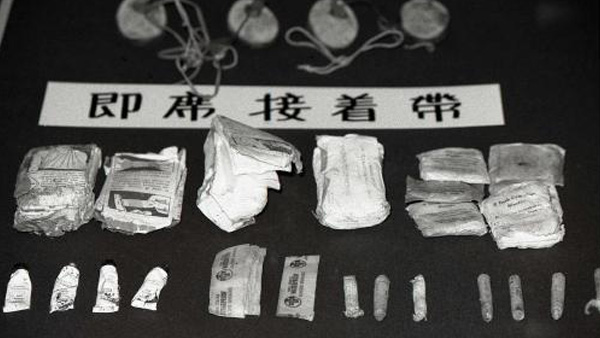 Source : e-history
Source : e-history
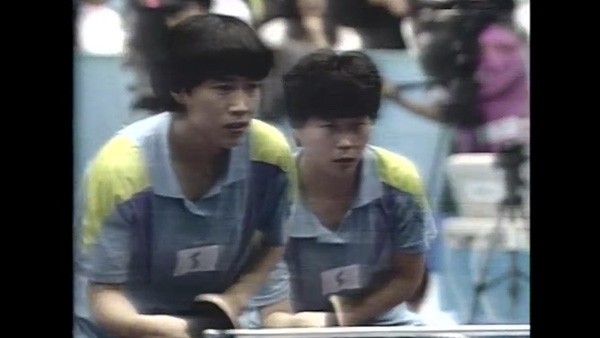
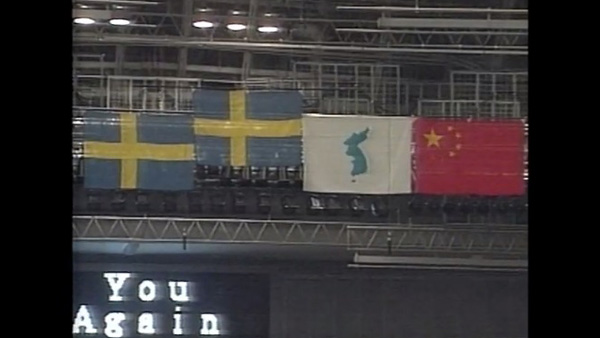
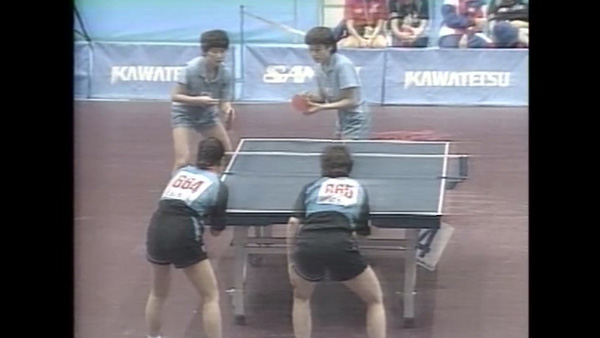
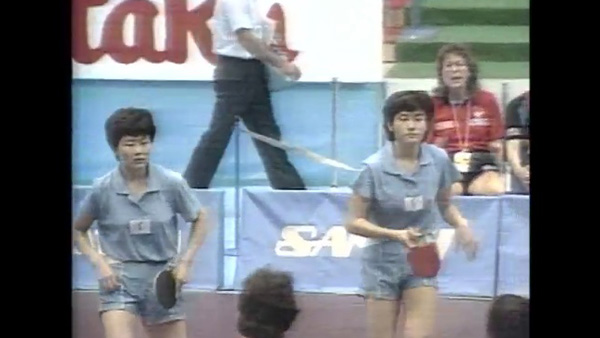
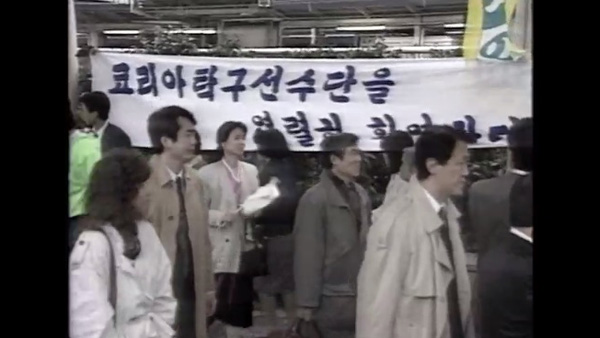 Source : KDAS
Source : KDAS
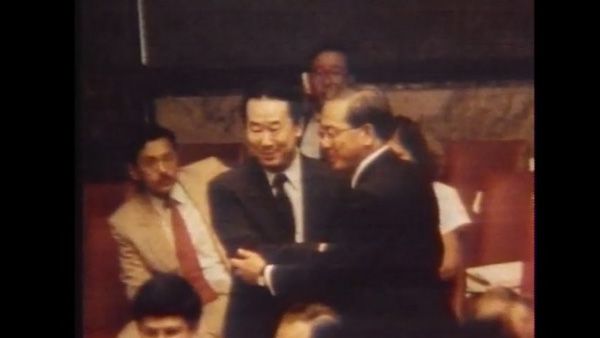
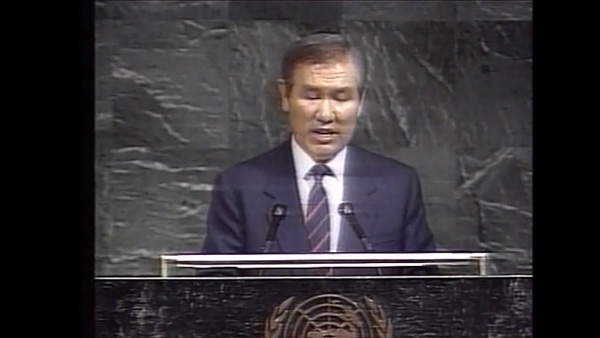
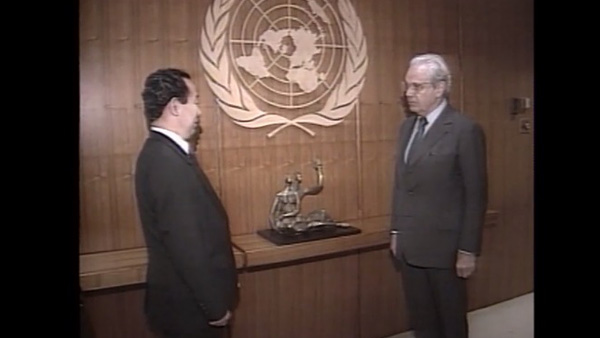
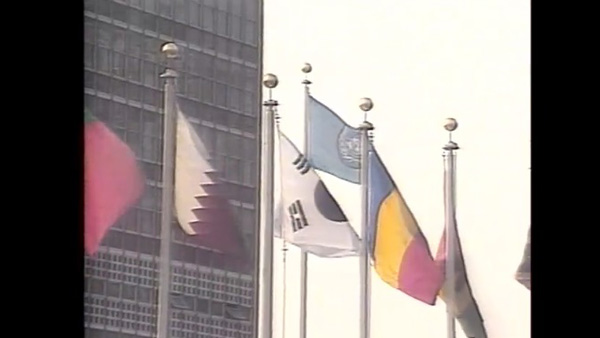 Source : KDAS
Source : KDAS
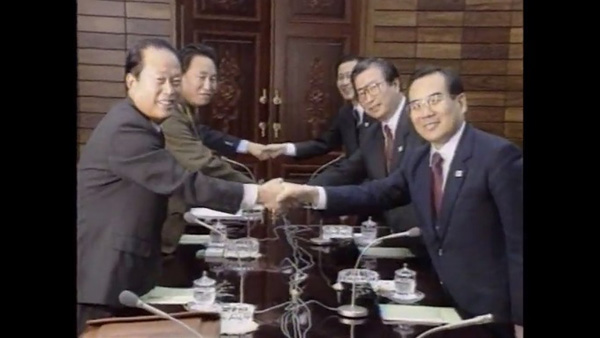
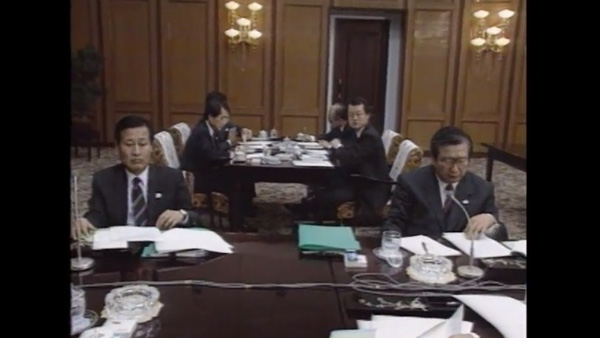 Source : KDAS
Source : KDAS
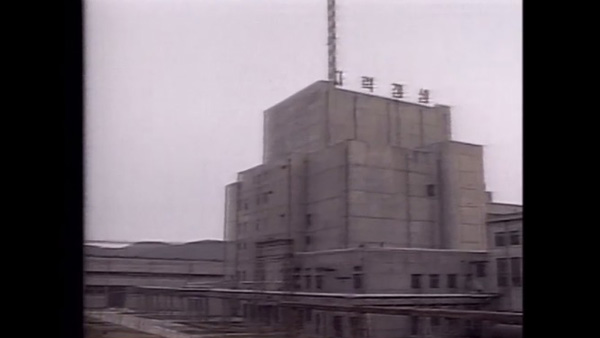
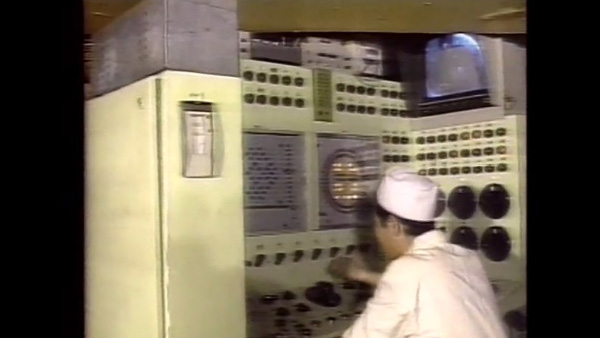
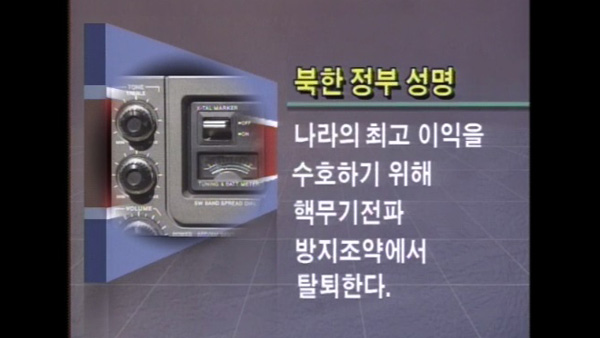
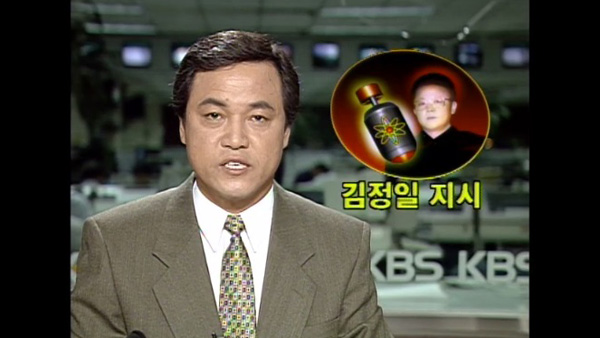 Source : KDAS
Source : KDAS
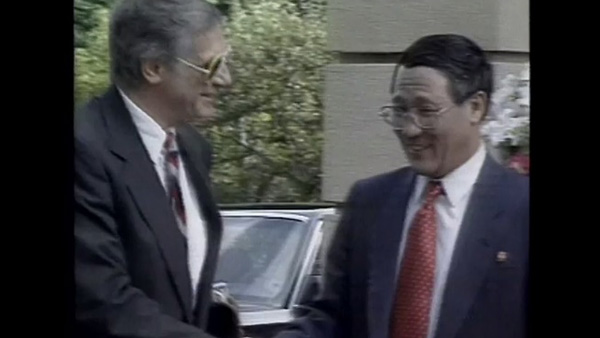
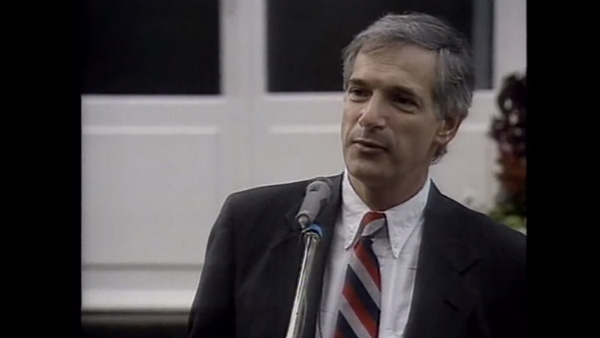
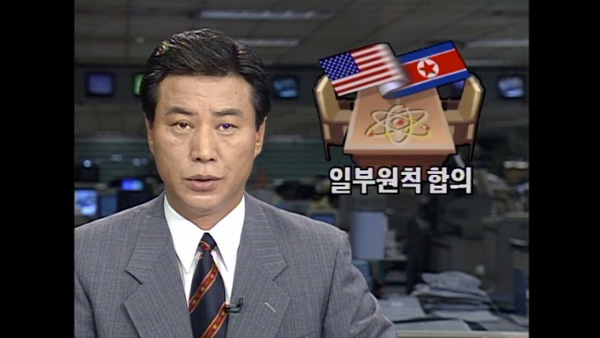 Source : KDAS
Source : KDAS

 Source : e-history
Source : e-history

 Source : KDAS
Source : KDAS

 Source : KDAS
Source : KDAS
 Source : KDAS
Source : KDAS

 Source : KDAS
Source : KDAS

 Source : KDAS
Source : KDAS

 Source : KDAS
Source : KDAS
 Source : KDAS
Source : KDAS

 Source : KDAS
Source : KDAS

 Source : KDAS
Source : KDAS
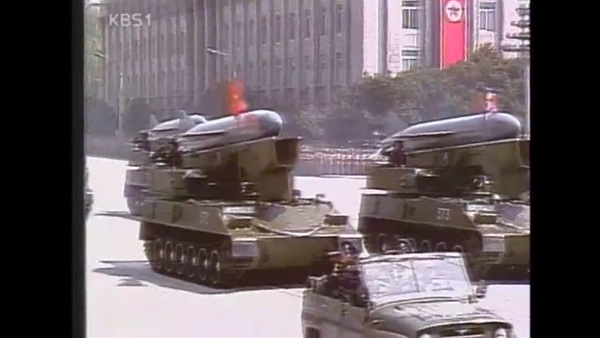
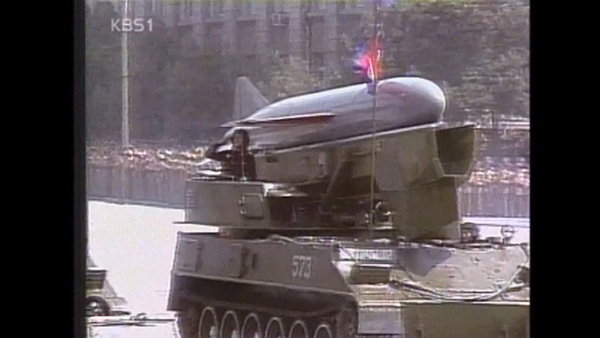
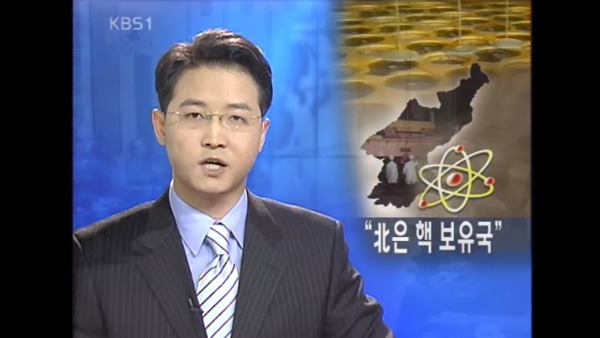 Source : KDAS
Source : KDAS

 Source : KDAS
Source : KDAS
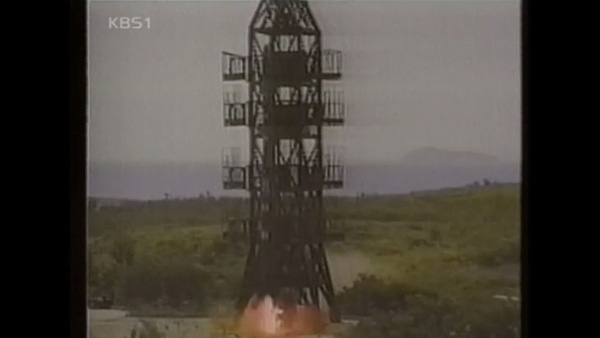
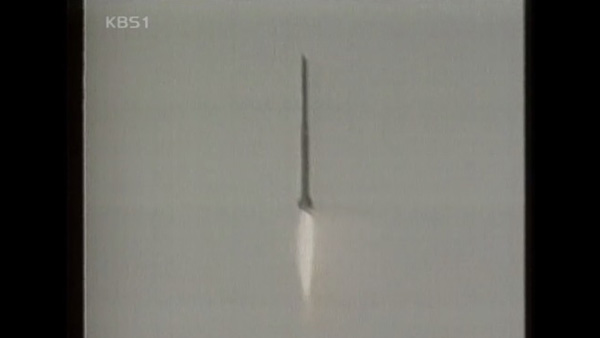
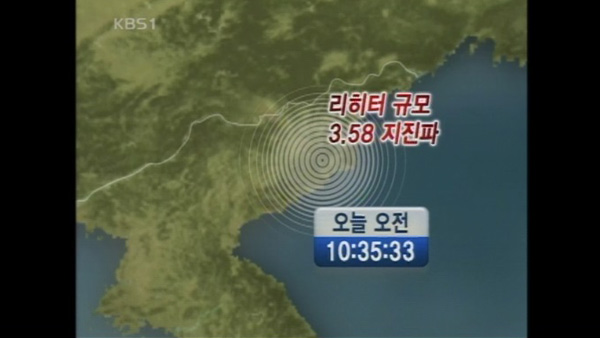
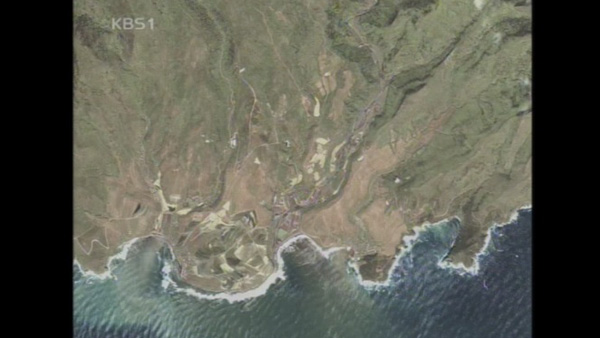 Source : KDAS
Source : KDAS
 Source : KBS News
Source : KBS News
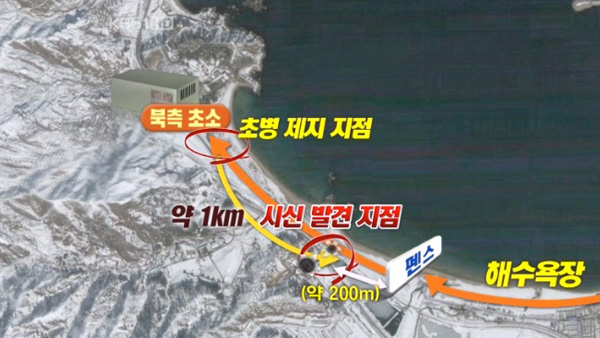
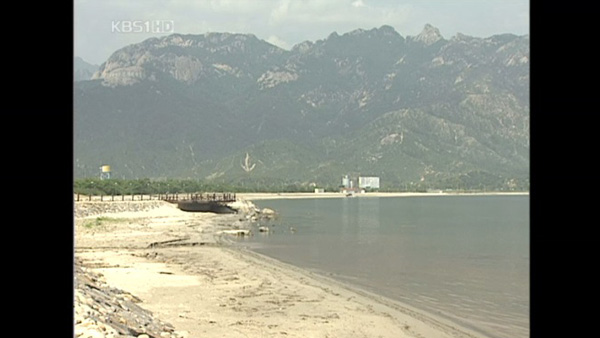 Source : KDAS
Source : KDAS
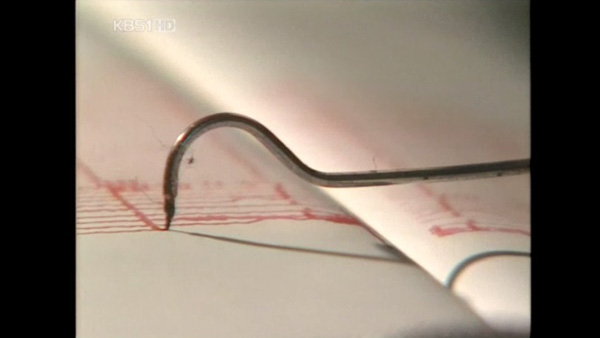

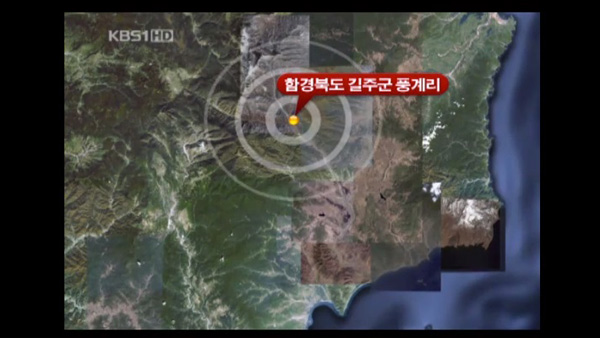 Source : KDAS
Source : KDAS
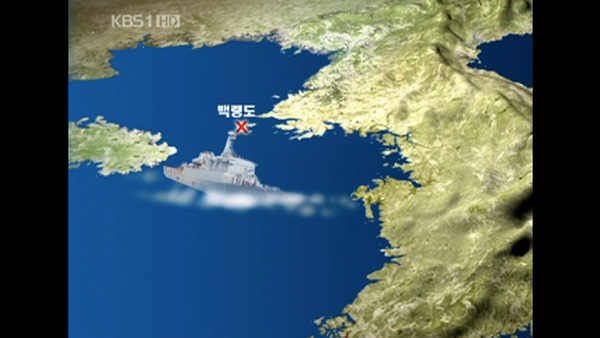
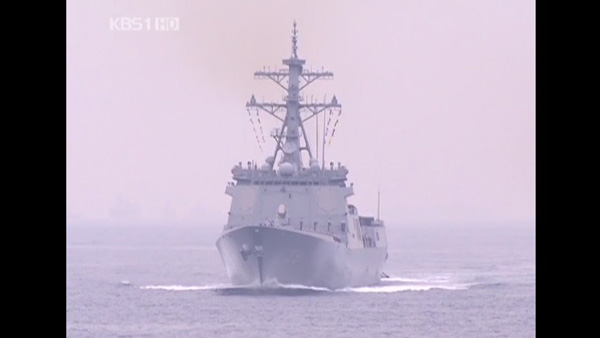 Source : KDAS
Source : KDAS
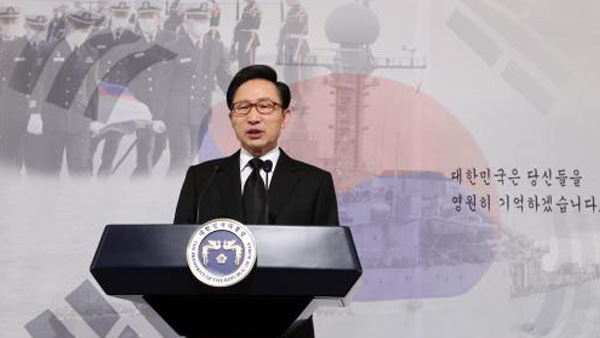 Source : e-history
Source : e-history
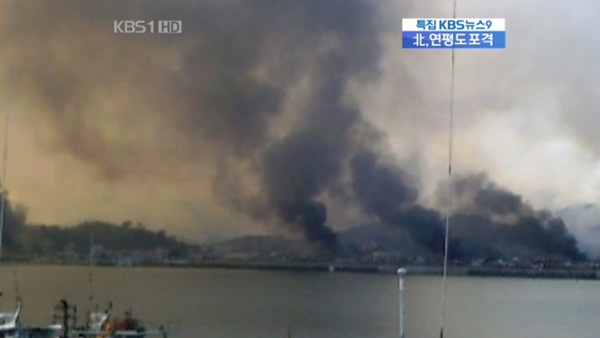 Source : KDAS
Source : KDAS
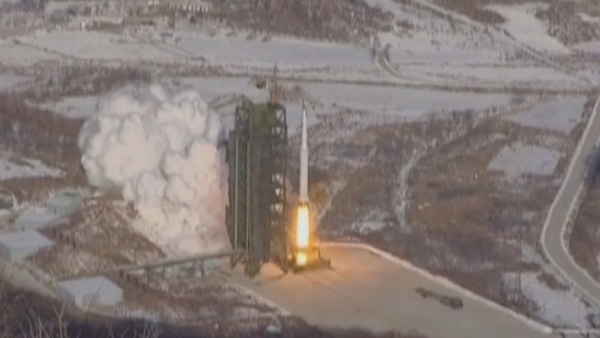
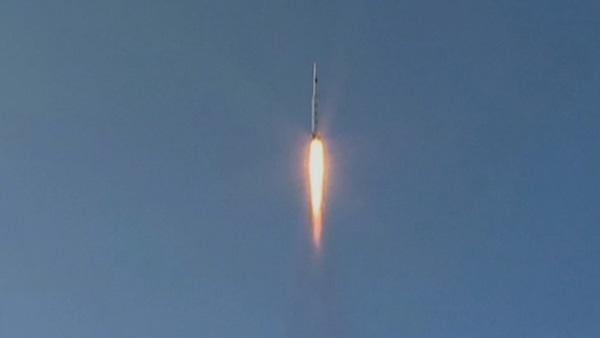 Source : KDAS
Source : KDAS

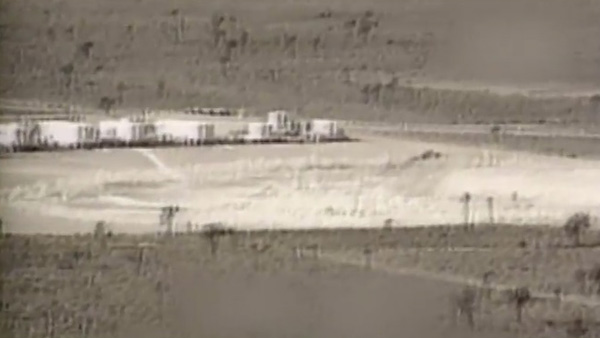
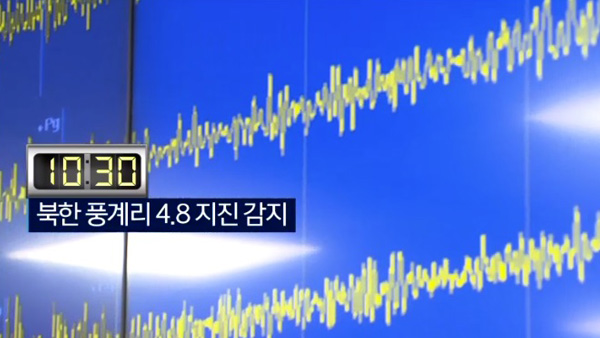 Source : KDAS
Source : KDAS
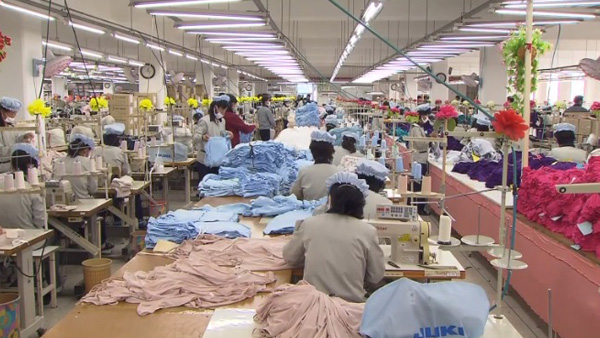 Source : KDAS
Source : KDAS

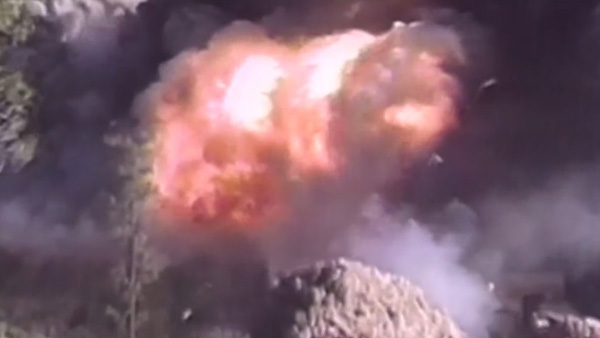 Source : KDAS
Source : KDAS
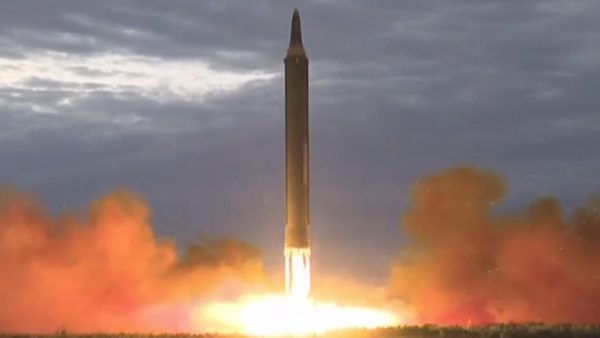
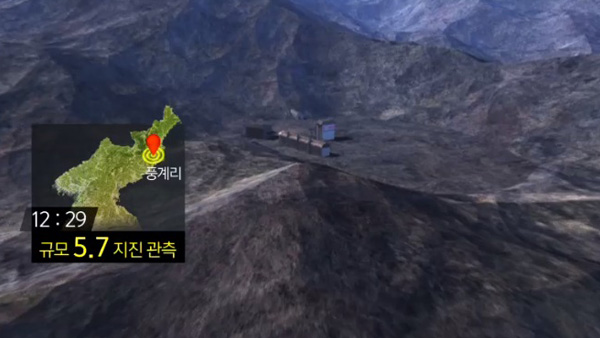
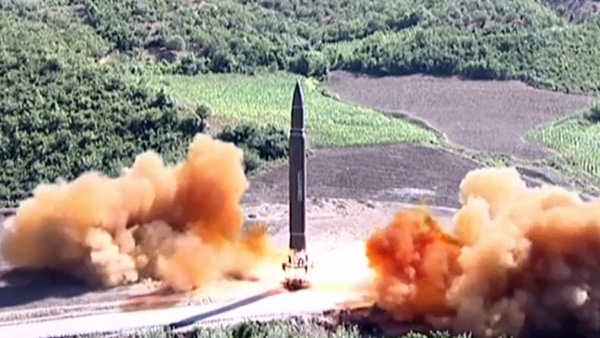 Source : KDAS
Source : KDAS
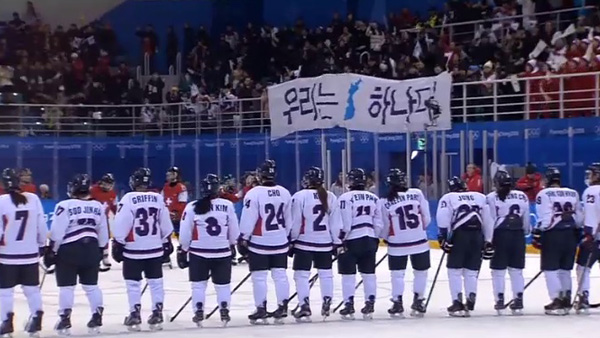
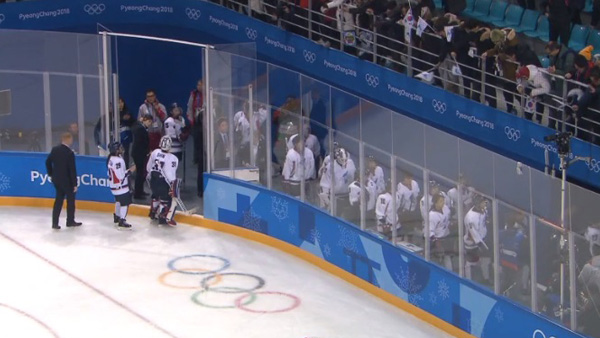 Source : KDAS
Source : KDAS
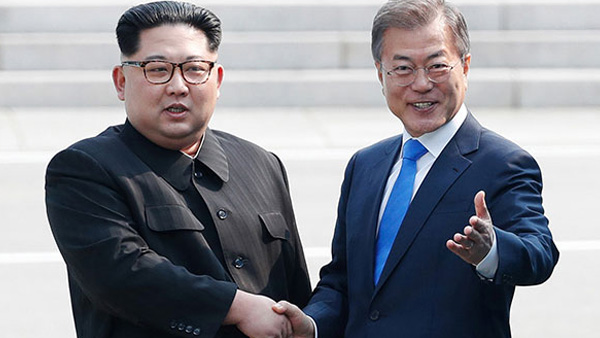 Source : KBS News
Source : KBS News
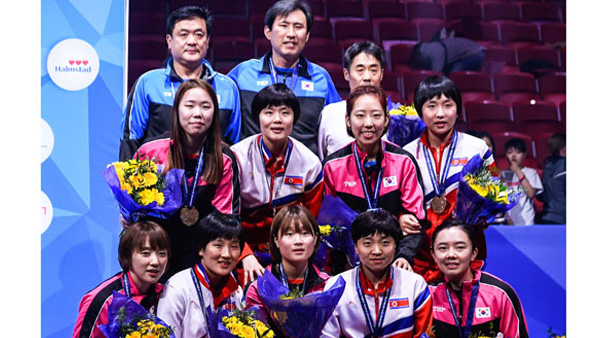 Source : Yonhap News Agency
Source : Yonhap News Agency
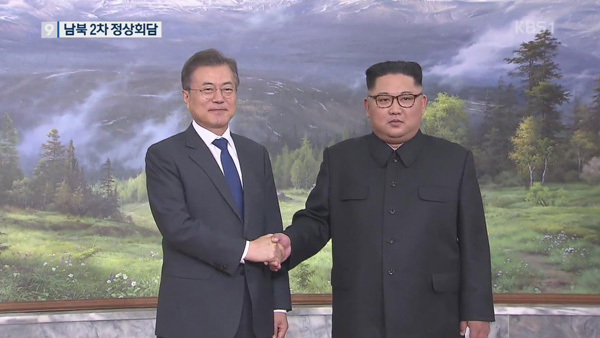 Source : KBS News
Source : KBS News
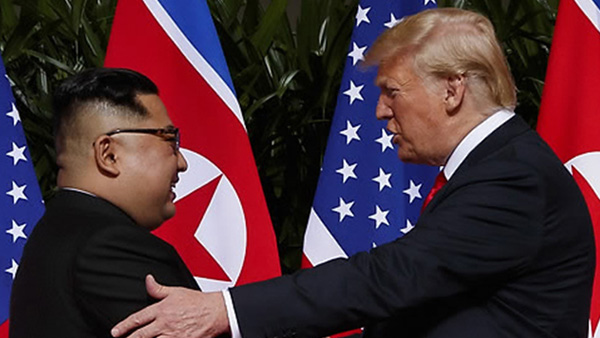 Source : Yonhap News Agency
Source : Yonhap News Agency
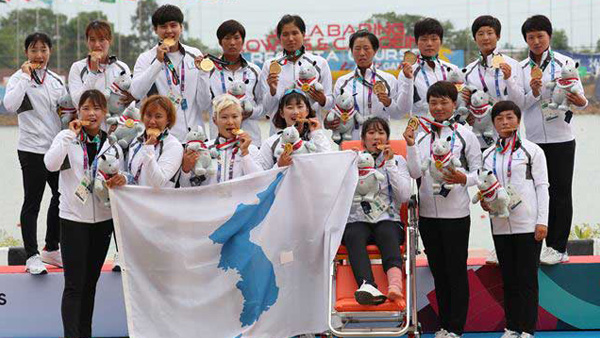 Source : KBS News
Source : KBS News
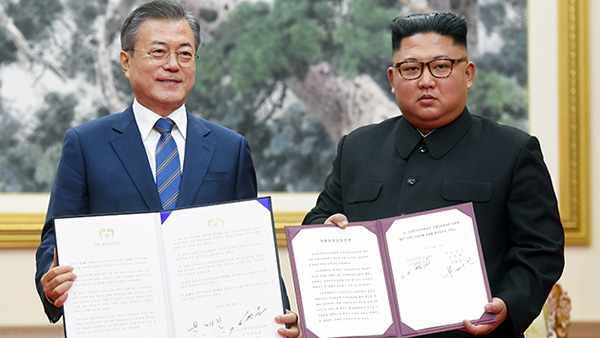 Source : Yonhap News Agency
Source : Yonhap News Agency
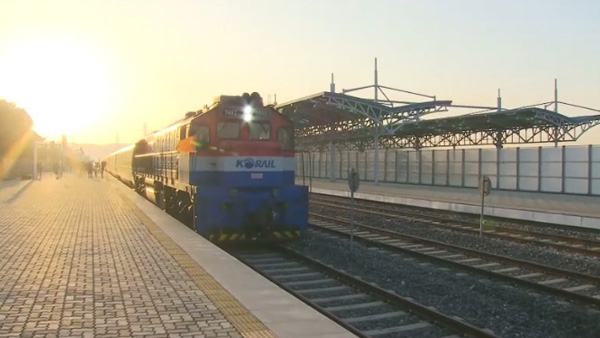
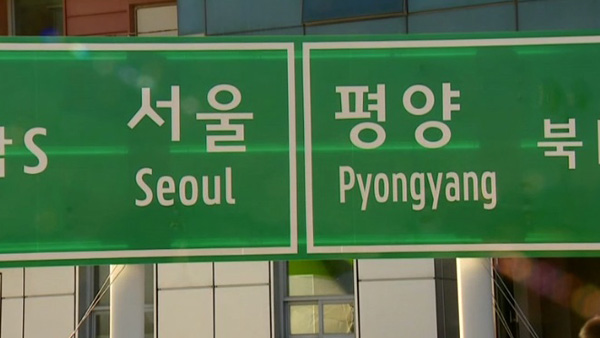
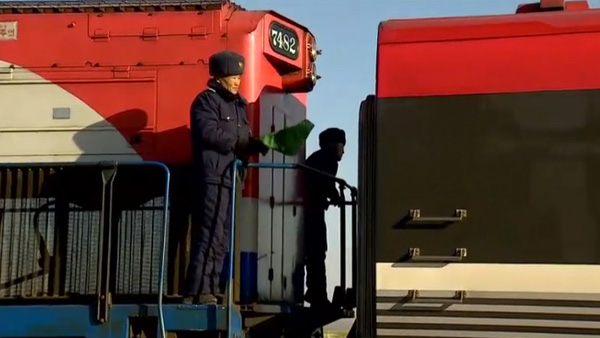 Source : KDAS
Source : KDAS
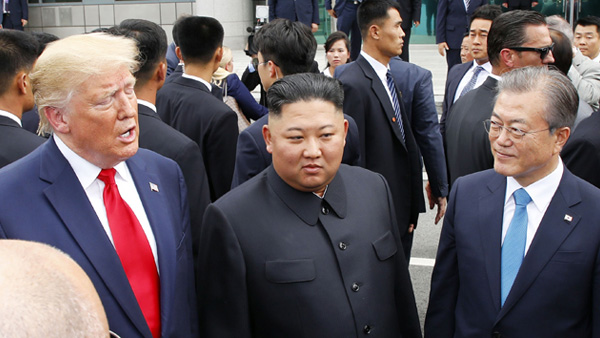 Source : KBS News
Source : KBS News